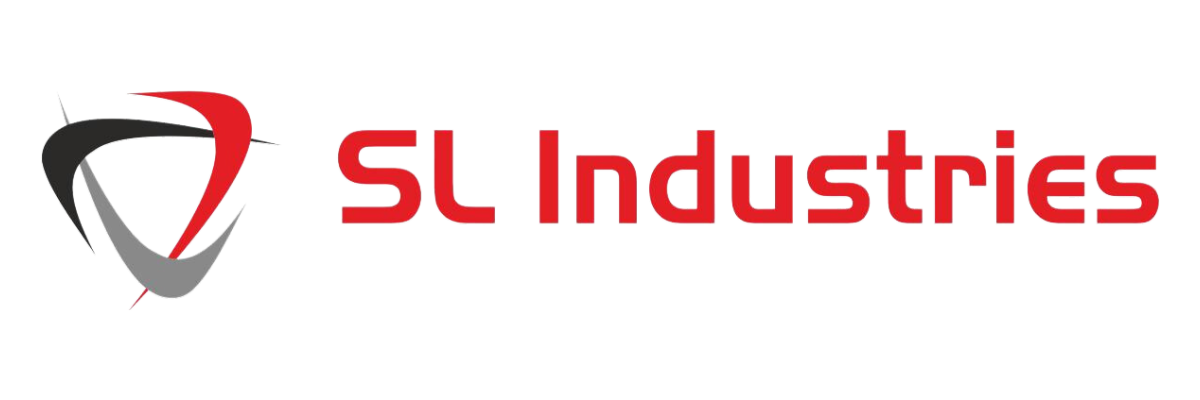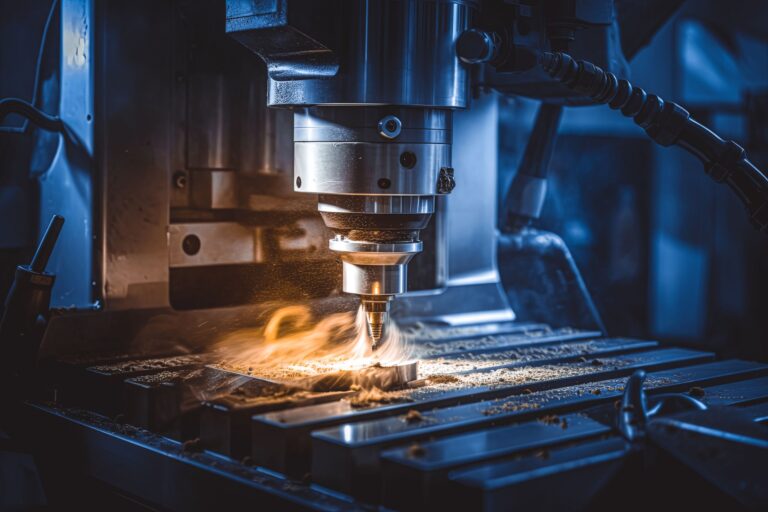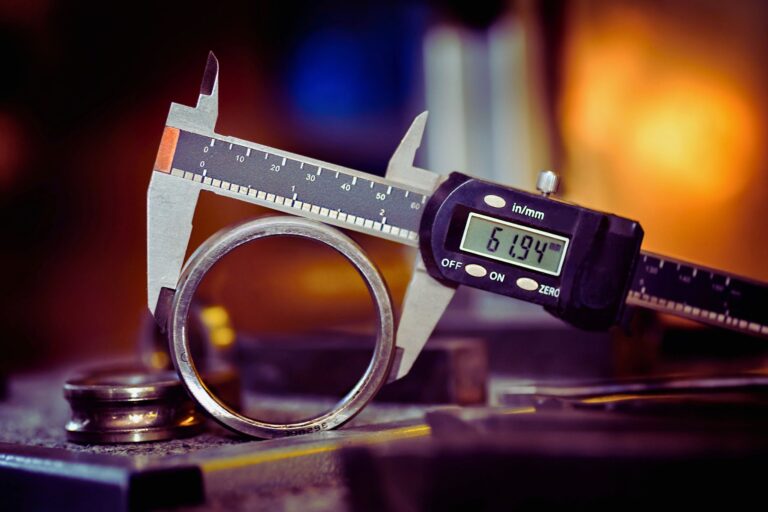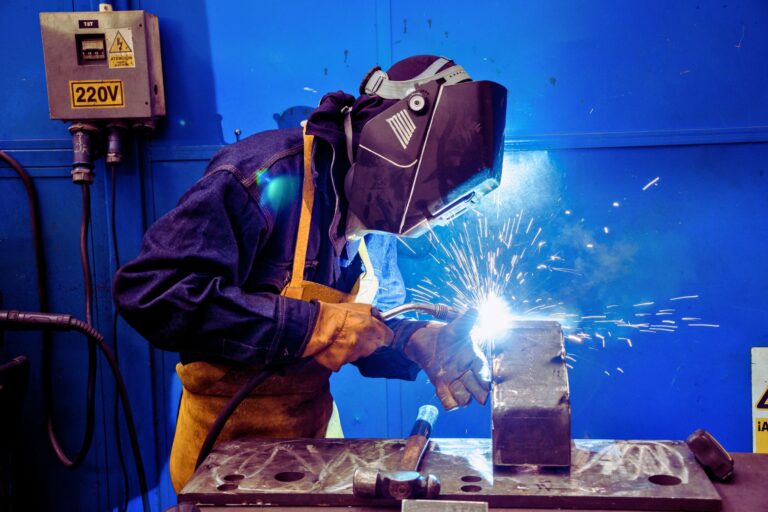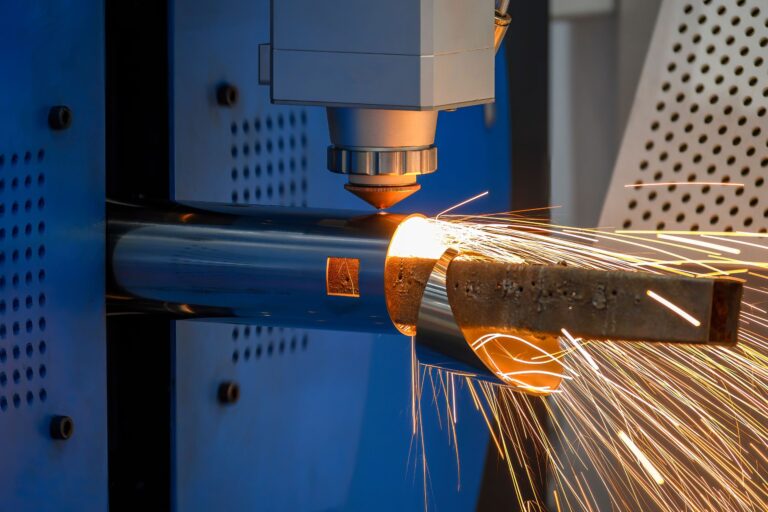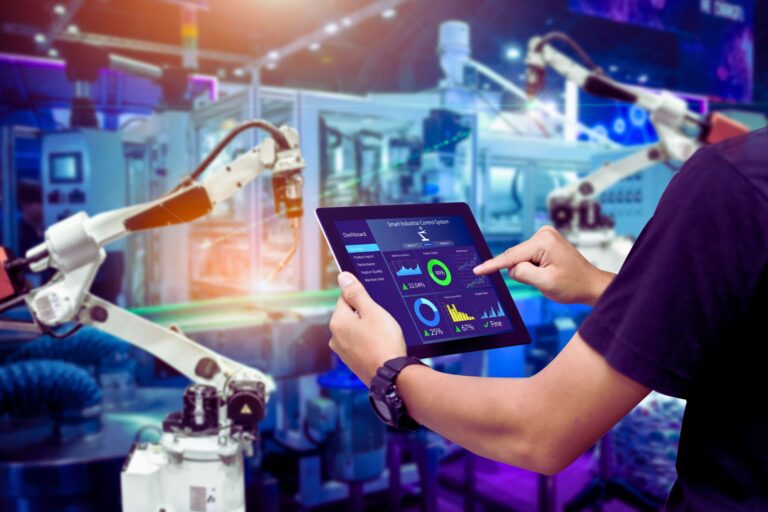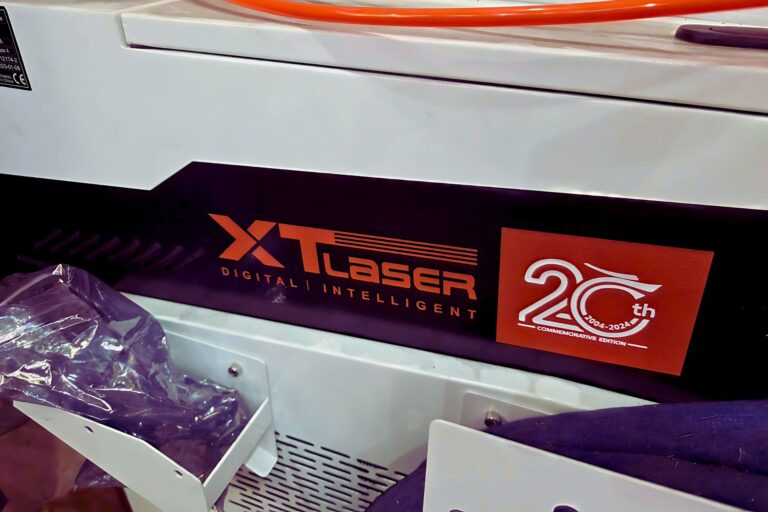Industrial equipment plays a vital role in manufacturing, construction, and heavy industry, where operational efficiency and reliability are paramount. Downtime due to unexpected failures can lead to costly production halts, safety risks, and increased maintenance expenses. Predictive maintenance (PdM) has emerged as a transformative strategy that helps industries extend the lifespan of machinery while minimizing disruptions and optimizing maintenance efforts.
Understanding Predictive Maintenance
Predictive maintenance uses data analytics, machine learning, and real-time monitoring to detect potential issues in equipment before they escalate into failures. Unlike traditional preventive maintenance, which follows scheduled service intervals, PdM focuses on condition-based assessments, allowing maintenance teams to intervene only when necessary. This approach ensures that equipment operates efficiently while reducing unnecessary servicing costs.
Key Technologies Driving Predictive Maintenance
1. Internet of Things (IoT) Sensors
IoT-enabled sensors continuously collect data on temperature, vibration, pressure, and other critical parameters. These sensors provide real-time insights into the health of industrial equipment, alerting operators to deviations from normal operating conditions.
2. Artificial Intelligence and Machine Learning
AI-driven algorithms analyze historical and real-time data to identify patterns that indicate potential failures. By predicting wear and tear trends, machine learning models help optimize maintenance schedules and minimize unexpected breakdowns.
3. Digital Twin Technology
A digital twin is a virtual representation of physical equipment that simulates performance based on real-world conditions. By leveraging digital twins, manufacturers can predict failures, test maintenance strategies, and optimize equipment efficiency before implementing changes in the actual machinery.
4. Cloud-Based Maintenance Platforms
Cloud computing enables remote monitoring and predictive analytics, allowing multiple stakeholders to access equipment health data from anywhere. These platforms facilitate data integration from different machines, providing a comprehensive view of maintenance needs across entire operations.
Benefits of Predictive Maintenance in Industrial Equipment
1. Extended Equipment Lifespan
Predictive maintenance prevents minor issues from escalating into major failures, reducing wear and tear and extending the operational life of industrial machinery.
2. Reduced Downtime and Production Losses
By identifying and addressing potential failures before they occur, PdM minimizes unexpected downtime, ensuring continuous production and improved efficiency.
3. Cost Savings on Repairs and Maintenance
Unlike reactive maintenance, which involves costly emergency repairs, predictive maintenance helps optimize maintenance budgets by addressing issues proactively and reducing unnecessary service interventions.
4. Improved Safety and Compliance
Unplanned equipment failures can pose significant safety risks to workers and lead to non-compliance with industry regulations. Predictive maintenance enhances workplace safety by ensuring that machinery operates reliably and within safe parameters.
5. Enhanced Resource Allocation
Predictive maintenance enables maintenance teams to focus on critical issues rather than conducting routine servicing on equipment that may not require immediate attention. This improves workforce efficiency and resource management.
Challenges in Implementing Predictive Maintenance
While predictive maintenance offers numerous advantages, its successful implementation comes with challenges, including:
- Initial Investment Costs: Deploying IoT sensors, AI-driven software, and cloud-based platforms requires upfront investment.
- Data Management Complexity: Handling large volumes of machine data and ensuring accurate analysis can be a challenge for businesses without the right infrastructure.
- Integration with Legacy Systems: Many industrial facilities operate on older equipment that may not support modern PdM technologies, requiring retrofitting or upgrades.
- Workforce Training: Technicians and maintenance teams need specialized training to interpret PdM insights and act on predictive alerts effectively.
The Future of Predictive Maintenance
As technology advances, predictive maintenance will continue to evolve with the integration of 5G connectivity, edge computing, and more sophisticated AI models. The development of self-learning maintenance systems and automated response mechanisms will further enhance predictive maintenance capabilities, driving efficiency and reliability across industries.
At SL Industries, we recognize the impact of predictive maintenance in extending the longevity of industrial equipment and optimizing manufacturing processes. By staying informed on technological advancements, businesses can adopt predictive maintenance strategies to enhance productivity, reduce costs, and ensure the continuous operation of their industrial assets.
